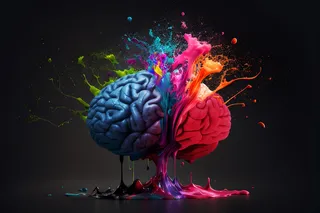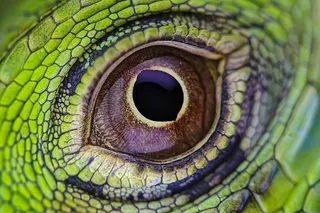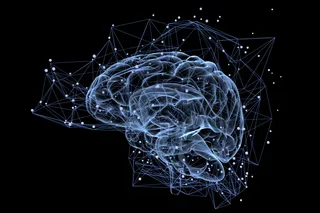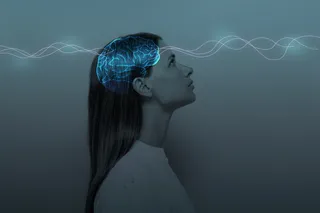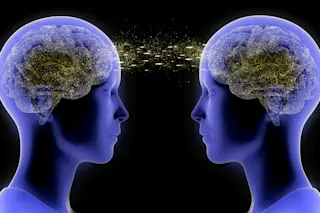Movies are filled with bullies. In the 1980s, there was that raccoon-hat-wearing terror, Scut Farkus, in A Christmas Story, who made the narrator fear walking home from school. In the early 2000s, Regina George in Mean Girls personified the calculating bully who used verbal abuse and social isolation to harass other students. And Nelson on The Simpsons has bullied others for the last 34 years.
Bullying is a common storyline because it’s common in real life. Twenty-two percent of kids ages 12 to 18 have reported being the victim of bullying in the previous year, with kids in middle school experiencing it more often than high schoolers.
Researchers are learning more about bullying to understand how these traumatic social interactions impact a child’s developing brain. Currently, imaging technology has allowed scientists to identify a possible link between bullying and distinct changes in the brain.
Scholars don’t have one definition of ...





